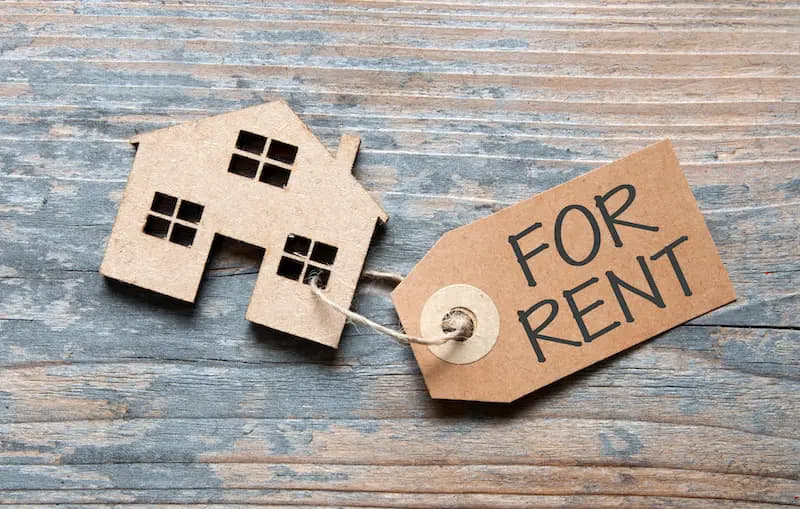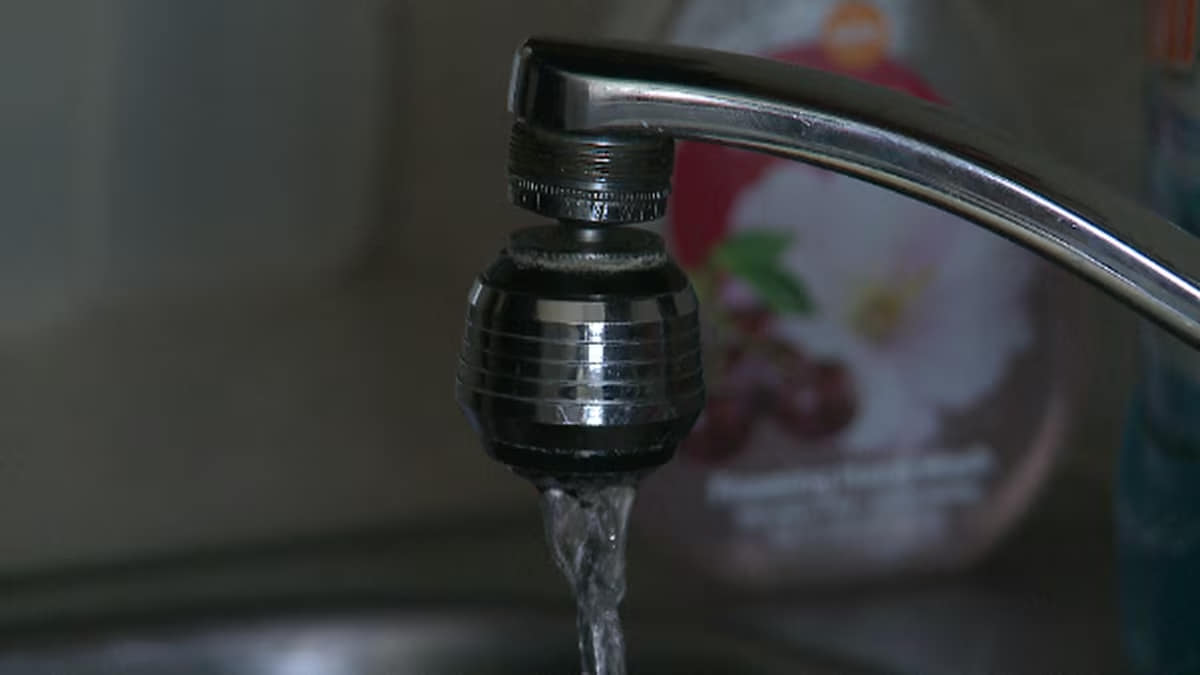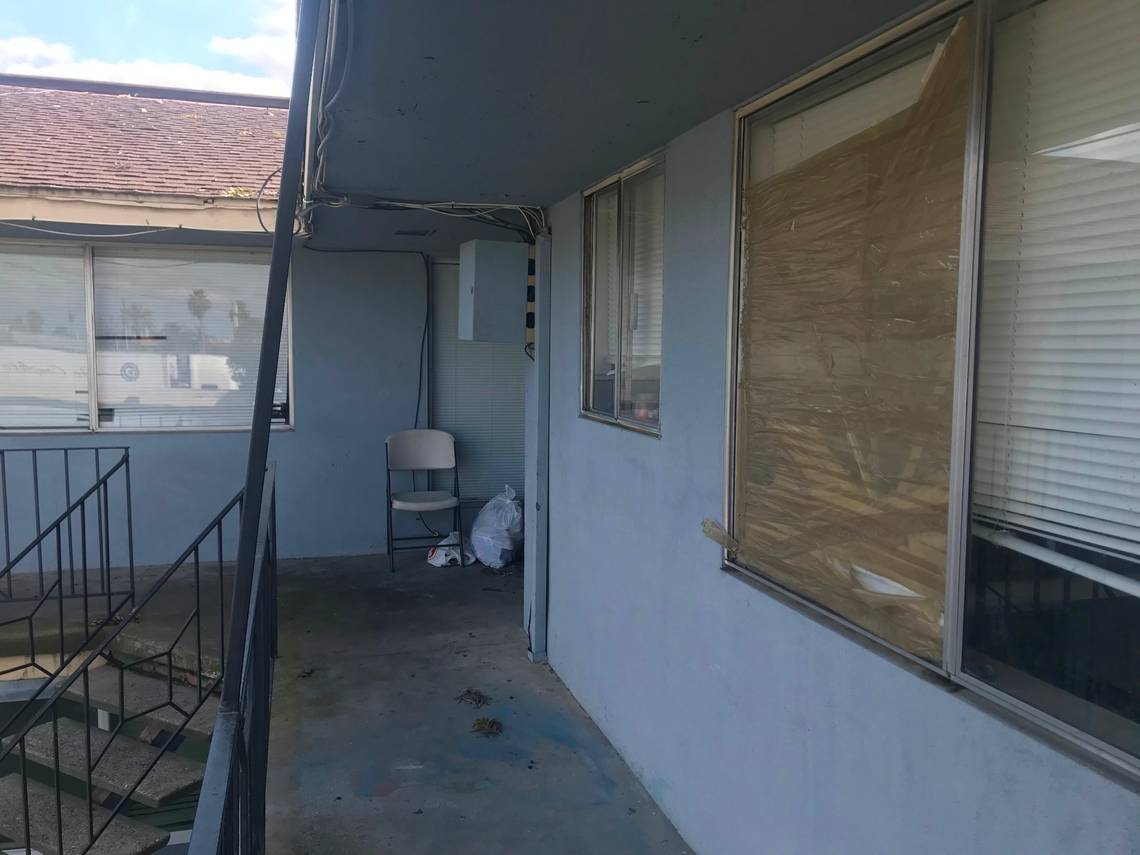Having a pet can provide companionship and joy to renters. However, landlords may restrict pets for various reasons. It is important for tenants to be aware of how landlords can detect unauthorized pets.
In this article, we will delve into seven methods landlords employ to validate whether a tenant has a pet.
How can a landlord prove you have a pet through testimonies and complaints from neighbors?
One of the main ways landlords discover unapproved pets is through complaints or testimonies from neighbors. Pets can cause noise issues like barking or meowing that disturb other tenants. If a neighbor sees the renter walking a dog or hears a cat, they may report it to the landlord. Renters can reduce this risk by keeping pets quiet, especially at noise-sensitive times.
Walking pets further away from the building or using noise-reducing techniques can help avoid neighbor complaints. Open communication with neighbors can also help address any concerns before they escalate to the landlord.
Related: How To Hide Cat From Landlord?

How can a landlord prove you have a pet through social media investigations?
Landlords may look at a tenant's public social media profiles for photos or mentions of pets that indicate an unauthorized animal is present. Renters should avoid posting anything pet-related online and tighten privacy settings to exclude landlords.
Creating separate accounts just for pet content can help keep personal profiles clearer. Tenants must be aware of what digital information landlords could access when looking for pet evidence online.
How can a landlord prove you have a pet through regular inspections?
During routine property checks, landlords search for signs of pets like food bowls, litter boxes, or hair/dander. Tenants should thoroughly clean before inspections and stash away any pet supplies or grooming areas.
Making arrangements for pets to stay elsewhere, such as with friends or at daycare, during inspections can prevent unwanted landlord encounters. Staying organized and pet-free right before inspections reduces the chances of being caught.
How can a landlord prove you have a pet through maintenance and repair visits?
Much like inspections, maintenance visits offer chances for landlords to spot unapproved pets. Tenants should temporarily rehome pets when workers are scheduled and deep clean the areas they access.
Keeping pets hidden away during maintenance lowers the risk of an accidental meet-up that could tip off landlords. Being prepared allows renters to avoid pet reveal situations when the property requires service.
How can a landlord prove you have a pet through outdoor surveillance?
Cameras monitoring common areas may capture tenants walking dogs or playing with outdoor cats. Renters need awareness of any surveillance and discretion when spending time with pets outside.
Using alternative exits and keeping interactions brief and confined can help circumvent camera observations. Carriers or strollers also provide coverage for sneaking furry friends in and out discreetly.
How can a landlord prove you have a pet through trash and recycling?
Thrown out pet food bags or litter boxes betray unauthorized animals. Renters must conceal identifying waste materials by double-bagging or using non-transparent bags.
Some choose to dispose of pet garbage elsewhere to avoid landlord trash inspections. Proper waste handling prevents incriminating materials from being spotted.
How can a landlord prove you have a pet through odors and allergens?
During visits, subtle scents or dander particles can clue landlords into pets. Regular grooming, cleaning, and air filtering helps remove evidence of an animal from living spaces. Bathing pets routinely and washing bedding frequently eliminates odors that may drift into common areas.
Remaining odor-free and presenting a professionally clean living space reduces chances of landlords deducing a renter has a furry friend through smell or allergens alone.
Conclusion
Being discreet, tidy, and aware of landlord techniques for uncovering pets allows renters to safely keep unauthorized animals hidden. While honesty is always best, this article outlines the top methods used by landlords and sensible precautions tenants can take to avoid detection if necessary. Open communication and understanding of all parties' perspectives cultivates the most positive landlord-tenant relationships over the long run.





